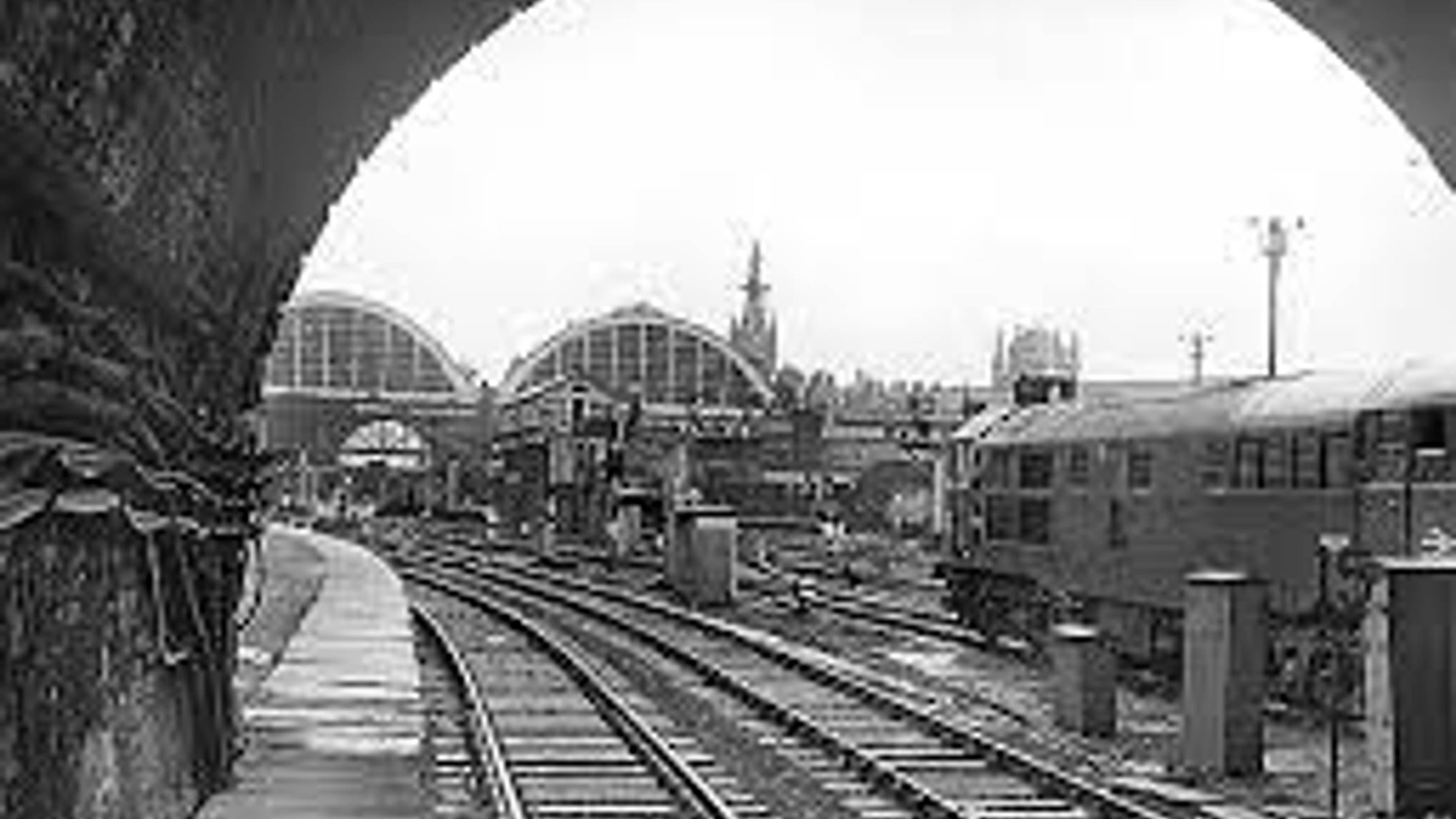Key takeaways
- Explore the abandoned York Road Station, designed by Leslie Green in 1906 and closed since 1932.
- Admire its unique architecture & learn about its history with a guided tour from organisations like London Transport Museum.
- Discover nearby attractions such as historical sites, parks & green spaces while exploring potential benefits of reopening the station for passengers.
The story of York Road Station
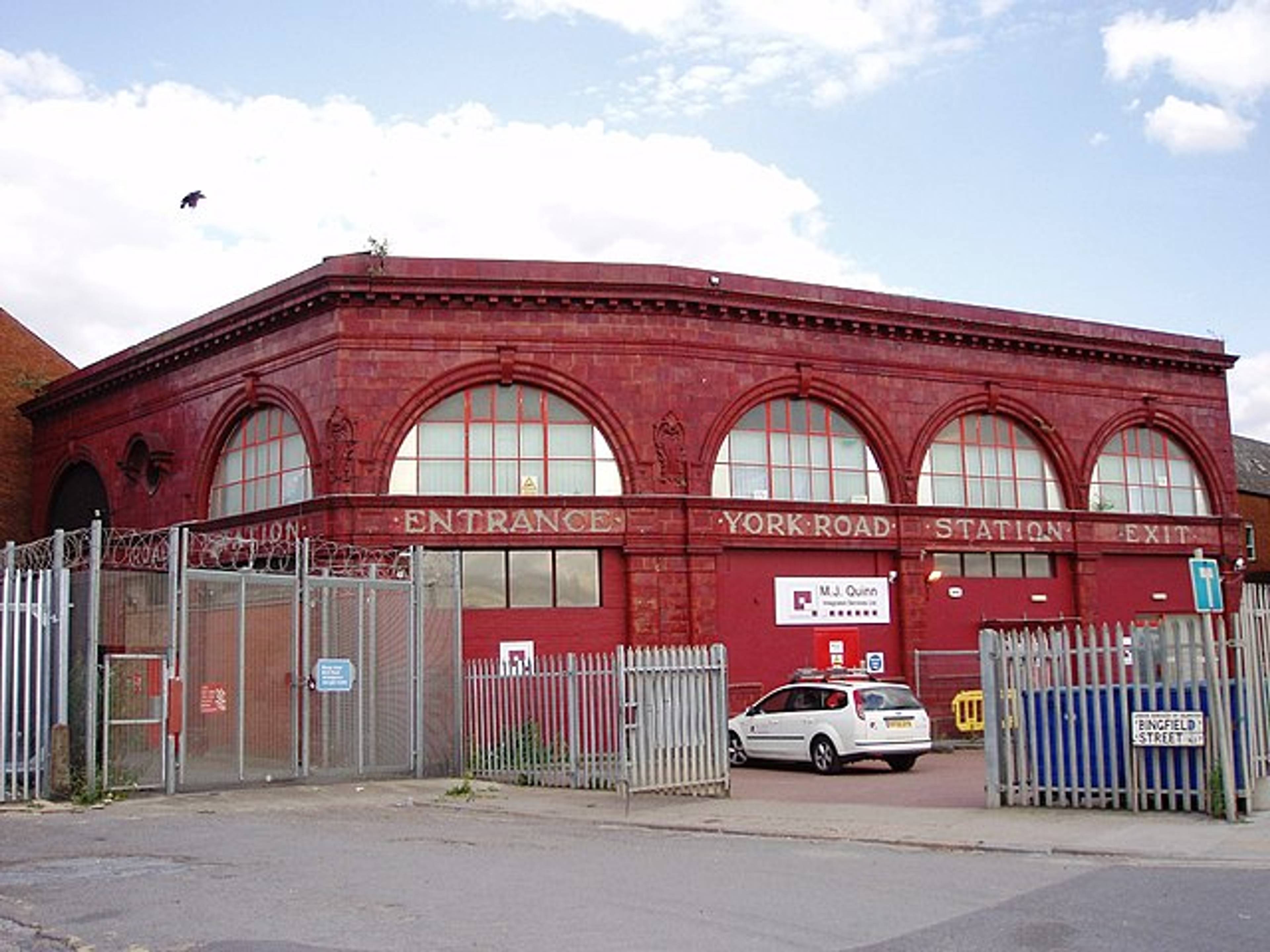
Inaugurated in 1906, York Road Tube Station was among the first stations of The Great Northern, Piccadilly and Brompton Railway (GNP&BR). Unfortunately its position at a location not as affluent compared to other parts of London led to low passenger numbers causing it’s closure merely 26 years later. An abandoned tube station now remains where Leslie Green’s creative architecture once captivated onlookers. Even though no longer being used for transport purposes, people still visit this unique place located in an area near York due to how aesthetically impressive the structure is.
Architectural highlights
The station’s ruby-red glazed tiling displays Leslie Green’s signature style in all its splendour, an aesthetic fused from Art Nouveau and the Arts and Crafts movement. Inside, Piccadilly Line passengers were presented with something special – direct access to the platform level via lifts.
A convenience that was rare for those times. The line passengers could benefit greatly from this advanced design feature of their transport system.
The closure
Located between King’s Cross St. Pancras station and Caledonian Road, the disused York Road Station of London Underground had to be shut down in 1932 due to its low passenger count and high costs for modernisation.
Though architecturally attractive, this now-defunct stop is no longer active on England’s underground public transportation system as it offers easy access from both stations nearby.
Kings Cross Central development and York Way
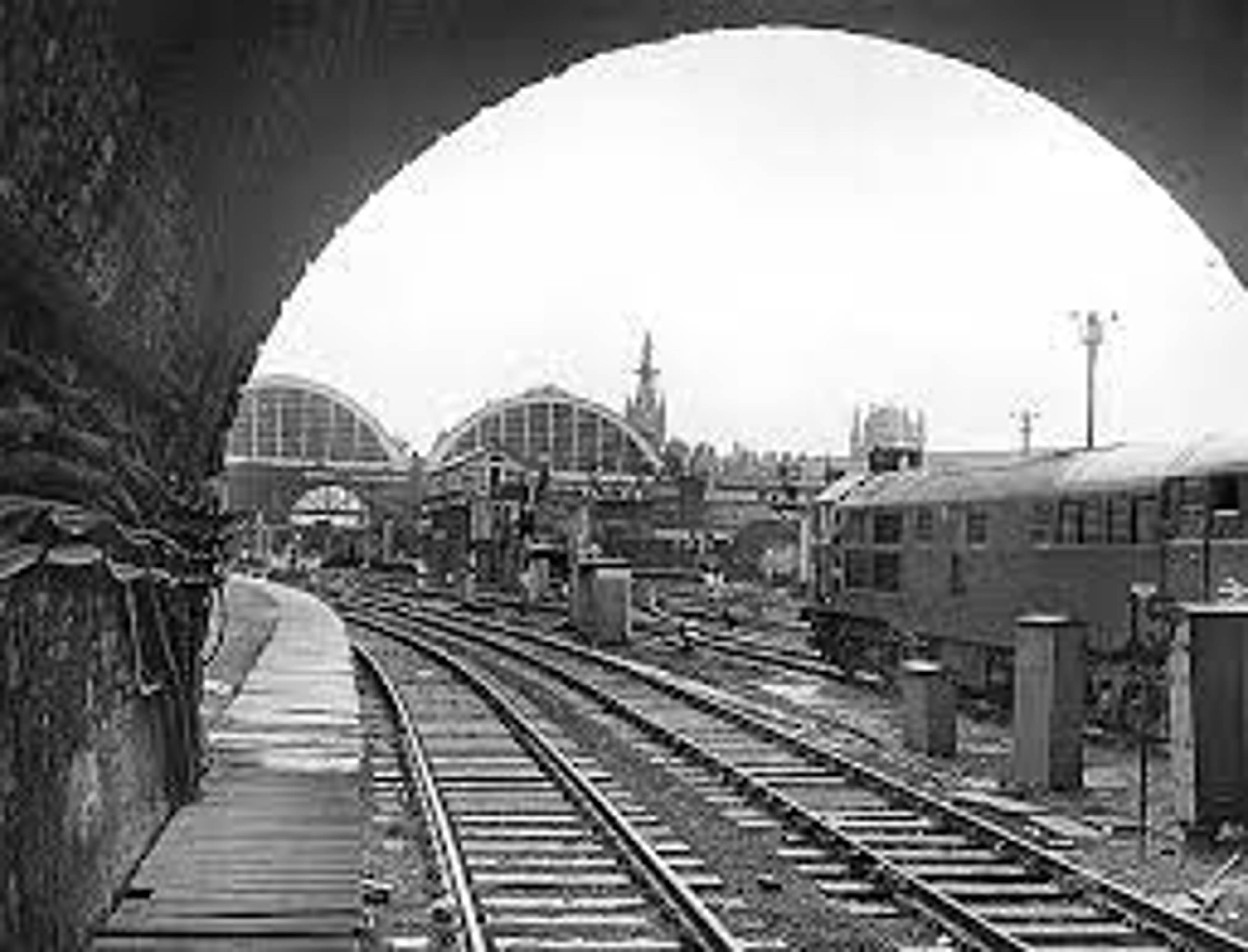
The Kings Cross Central Development project has been a catalyst for transforming the York Way area, located close to King’s Cross Station in London. Developers such as Argent LLP and Allies and Morrison have played an essential role in revitalising the station environment at York Road by breathing new life into this formerly run-down district.
The 67 acre site now offers much more with mixed development that encourages movement of people throughout the region while establishing it as a destination hub within central London.
Regeneration projects
The regeneration projects happening in the York Way area are impressive. Both Winstanley and York Road Estate Regeneration as well as the redevelopment of York Central have been initiated by developers such as Morris + Partners. Company, Wandsworth Council and Taylor Wimpey UK to bring much-needed change to this community.
An illustration of what is now available include a refurbished tube station for commuters, 6500 housing units being established in downtown areas nearby, plus an added development providing properties built specifically for rent at 180 on York Way Street.
Pedestrian pathways throughout these zones have also had landscaping conducted making them even more comfortable walkways, enhancing both safety and attraction of people travelling here all while keeping sight lines clear around crossings along specific places within it.
The future of York Road station
The possibility of reopening York Road Station has been discussed, yet this is an unlikely prospect due to the considerable cost and alternative transport priorities. Politicians such as local Liberals Democrats and Conservatives have urged for its revival, viewing it as a chance to enhance the area’s transportation connections.
In spite of issues concerning feasibility, there remains substantial interest in keeping alive the legacy that is York Road Station’s distinct architecture and history among those who live locally plus Londoners at large.
A walk through time – Visiting the abandoned station today
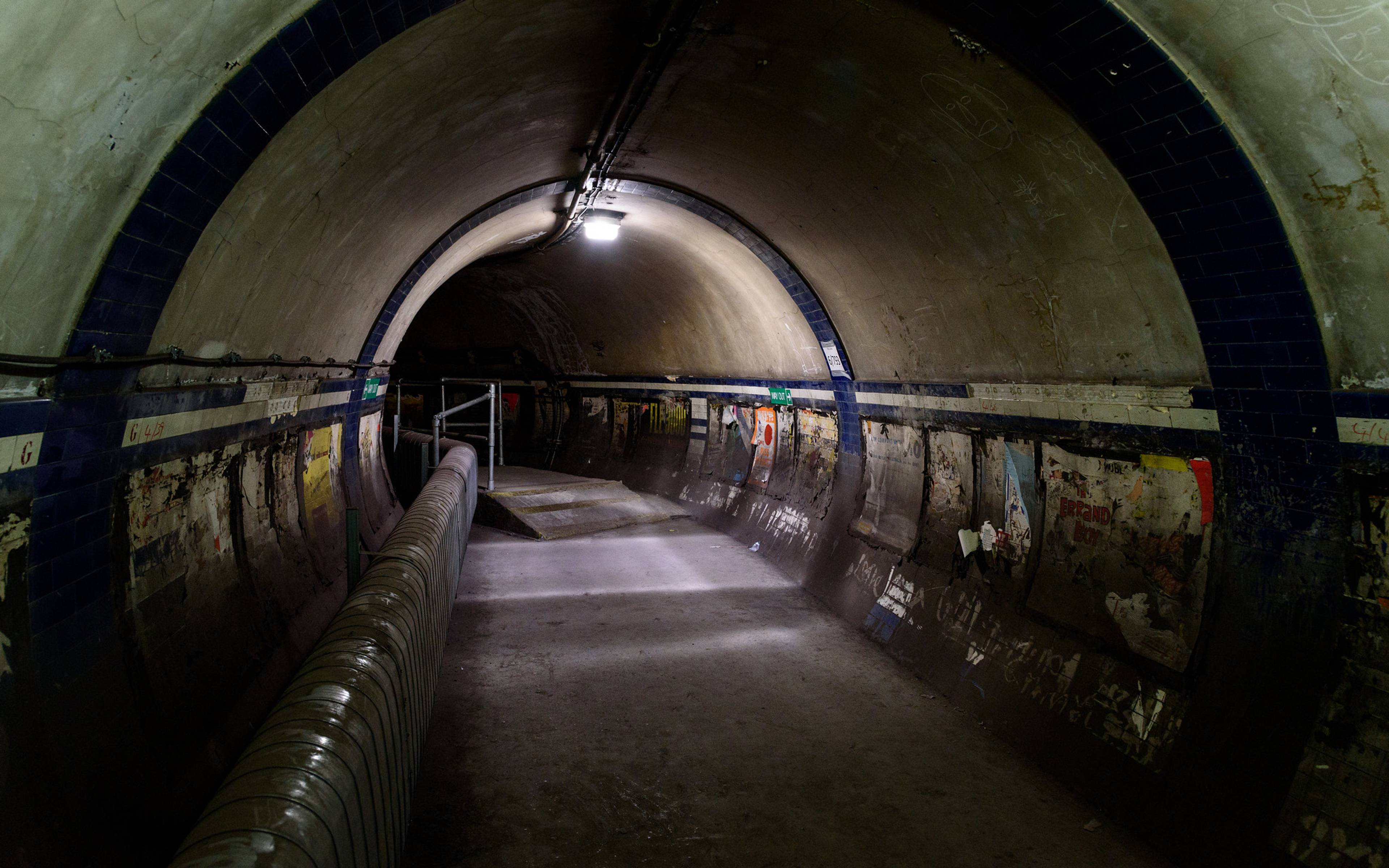
The abandoned York Road Station in London is an incredible piece of history, with its striking ruby-red glazed tiling and lift shafts. Although usually out-of-bounds for the public, from time to time guided tours by organisations such as the London Transport Museum, offering visitors a one of a kind opportunity to explore Hidden London’s secrets that lie beneath this distinct building designed by Leslie Green.
For those who don’t get lucky enough to take part in these special visits yet still want to appreciate it they can do so at street level where they will be able to witness how spectacularly typical was their style even though originally meant exclusively for transport purposes back then in York Road.
Accessing the station
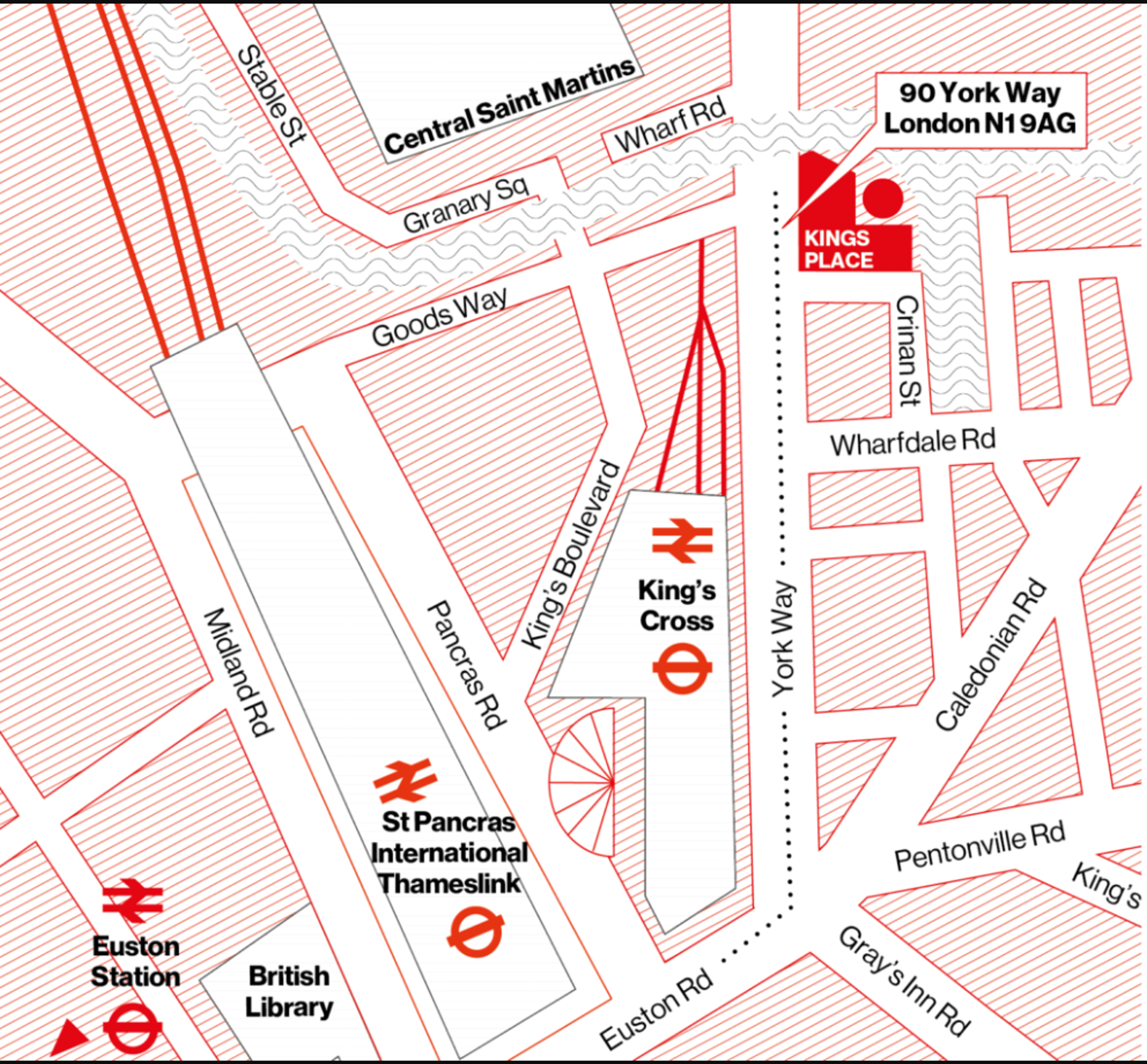
York Road Station in London is well-placed, located between King’s Cross St. Pancras and Caledonian Road stations along the Piccadilly Line of the Underground.
Although entry to it isn’t a daily occurrence, with assistance from organizations like the London Transport Museum organized tours can be booked for an illuminating experience into its history and structure that cannot be found elsewhere.
A convenient journey from central parts of The City would involve using this line on public transportation. Giving those seeking out York Road station – just outside York itself, access to see first hand what remains within its walls. Those fortunate enough may enjoy such visits as they explore alluring interiors abandoned many years ago!
What to expect during your visit
For history and curiosity seekers alike, a trip to the abandoned York Road Station offers an unmissable opportunity. Here you can explore distinctive tiling and lift shafts still standing today that preserve its original architecture. While also taking in the station’s haunting atmosphere of mystery.
Guided tours are available led by knowledgeable staff who provide intriguing facts about how it was built, why it closed down and other interesting tales related to this remarkable location near York Road itself!
Nearby attractions and points of interest

In the vicinity of York Road Station and Kings Cross on York Way there are a lot of noteworthy places to explore. This includes historic buildings such as The Grand Building, Priory Church of York, Castle Howard, Treasurer’s House, Merchant Adventurers’ Hall, St Mary’s Abbey, and Clifford’s Tower.
Alternatively, if you prefer green areas Regent Park, Camley Street Natural Park, Joseph Grimaldi Park. Holford Gardens or Spa Fields may be more suitable for your needs in terms of sightseeing around here in Yorkshire area near the station. You can surely find something that fits with whatever interests you have when visiting this part of King Cross – York by taking advantage of all these attractions easily available from nearby York Road Station!
What's more, if you need to find self storage there are also multiple sites nearby.
Historical sites
The King’s Cross Station Clock Tower, standing tall at 120 feet high with internal rooms for an added touch of uniqueness. The St Pancras station building is a shining example of Victorian Gothic architecture and stands as one of London’s major transport hubs.
The British Library - designed by architects George Gilbert Scott & Henry Barlow, it houses an extensive collection that dates back to 2000 BC and serves as Britain’s national library. These three sites are regarded historically across the region.
Parks and green spaces
For those seeking a peaceful getaway, Finsbury Park and Maiden Lane are idyllic havens amidst the hectic streets of London. Camley Street Naturalist. Camley Street Naturalist. Park in particular is renowned for its array of birds, butterflies, bats and amphibians that flock to it from near and far.
Granary Square draws plenty attention with captivating fountains performing soothing shows as well as numerous eateries nearby offering world-class cuisine while they host engaging events such as King’s Cross Summer Sounds Programme or Mumsnet Bookfest on their grounds throughout different seasons.
Impact on London Underground Service

The possible opening of York Road Station could be both a benefit and concern for the London Underground. On one hand, it would add an extra station to the Piccadilly Line that increases convenience in the Kings Cross/St Pancras region and stimulate growth around this area. Though on the other hand, there are costs associated with modernising safety necessities as well as seamlessly connecting it into existing transportation systems which needs to be taken seriously into consideration when talking about its future.
As debates surrounding what will become of York Road continue, it is undeniable that having such an effect over London’s Subway service carries intricate details worthy enough for close review before any decisions can arise from them.
Benefits for passengers
The York Road Station in London could provide a range of advantages to passengers if it was reopened. Options for transport would be amplified, relieving the strain at King’s Cross St Pancras station and providing locals with another viable option.
This may even encourage more individuals to take public transportation instead of other modes. New connections will also arise from this action as part of improving accessibility within the Underground network system. Reopening this long-shuttered station is something that needs to be seriously considered due to its numerous benefits.
Challenges to overcome
The reawakening of discussion about the potential to reopen York Road Station has made clear that this iconic architectural feat holds a special place in London’s transport history. Yet, given all that is required for modernising and conforming to current safety regulations, there are many challenging obstacles ahead.
Not only must funding be secured, but careful planning and coordination between different services will also need to occur if it is going to become integrated into the existing network efficiently.
Despite these hurdles, interest from onlookers regarding its fate proves how much fascination remains around York Road Station today.
Maybe one day we'll get to visit York Road Station
The debate surrounding the future of London’s abandoned York Road Station continues, with many considering its potential advantages to the city and Underground service. With a unique architecture, enthralling history and an air of mystery that attracts visitors from afar, this station serves as an enduring symbol for how transport in the capital is ever-changing. The obstacles faced when attempting to reopen are considerable yet can’t be discounted. Presenting locals and travellers alike with one of the few glimpses into London’s past via historic York Road Station on the Underground network.
Need affordable self storage in London? HOLD is Just around the corner

Situated in the heart of King's Cross is HOLD's advanced storage facility. Our approach to storage puts our customers' needs first, removing all the stress that tends to characterise the industry. From business storage options, to efficient student storage, we have cost-effective options for you.
Reach out to us today to find out more about our services and get an exclusive offer.
Frequently Asked Questions
What is the history of the York Way?
The area now known as York Way has been changing its name since 1467, starting with Mayde Lane before eventually being renamed Maiden Lane in 1735. Later on the 19th century, it became ‘York Road’ and finally in 1938 it was officially named York Way, the same name we know today. Mentionable keywords throughout this road’s journey through time are of course ‘York’, ‘Maiden Lane’ & ‘York Road’.
Why did Kings Cross go into decline?
King’s University is a King’s University. Cross went into decline due to the decrease in freight being transported via railway, leading to reduced funding and a resulting high unemployment rate in the local area. This created an environment rife with crime, drug abuse, and prostitution, undermining its past vibrancy as a hub for artists and creatives.
What train lines go to Kings Cross?
King’s Cross St Pancras Station is the biggest interchange on London Underground, as it provides links to six Tube Lines: Metropolitan, Circle, Piccadilly, Northern Halfont & Latimer and Hammersmith City. This underground station makes travelling around London much easier!
Are there two Kings Cross stations?
Two stations, known as King’s Cross - one a National Rail Station and the other an Underground station located directly opposite each other on Kings Cross. St – can be found in this area.
What happened to York Road Station?
Due to the requirement for expediting journeys from line extensions both at its ends, as well as low passenger numbers, York Road Station was shut down in 1932. The station located on the York road had seen a decrease in users and so it ceased.

